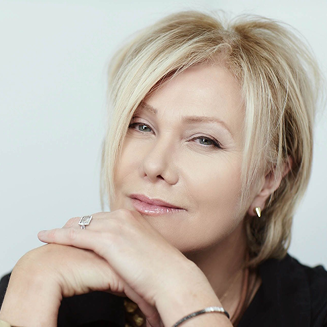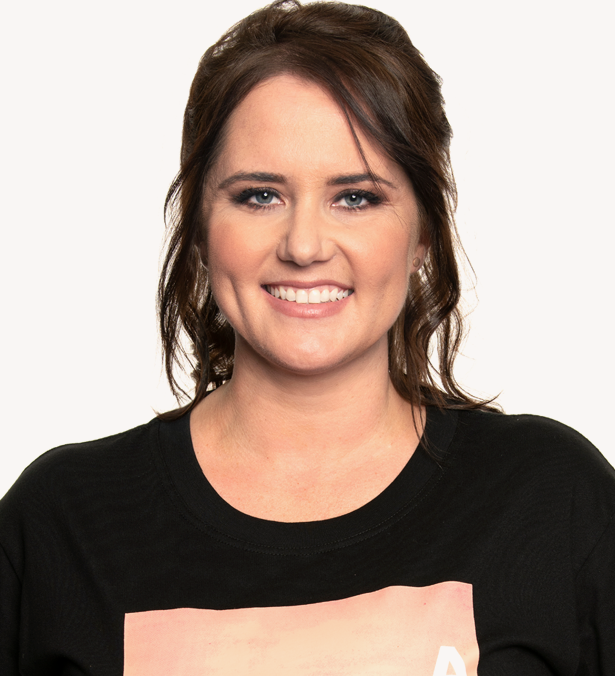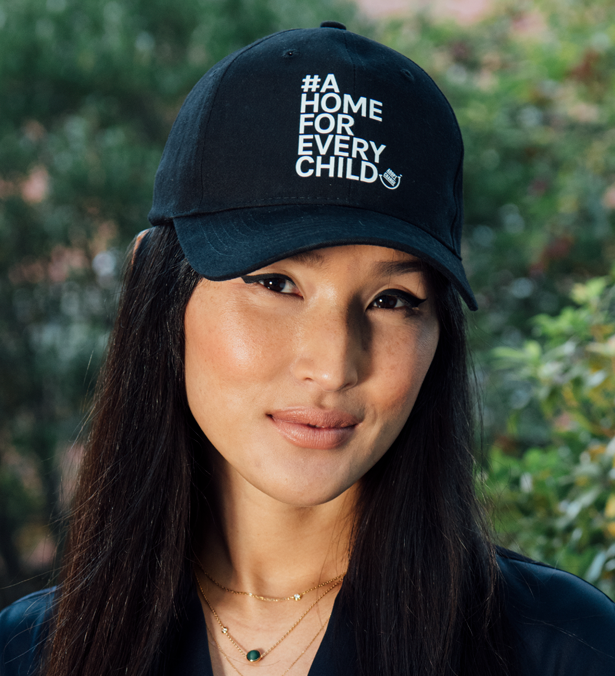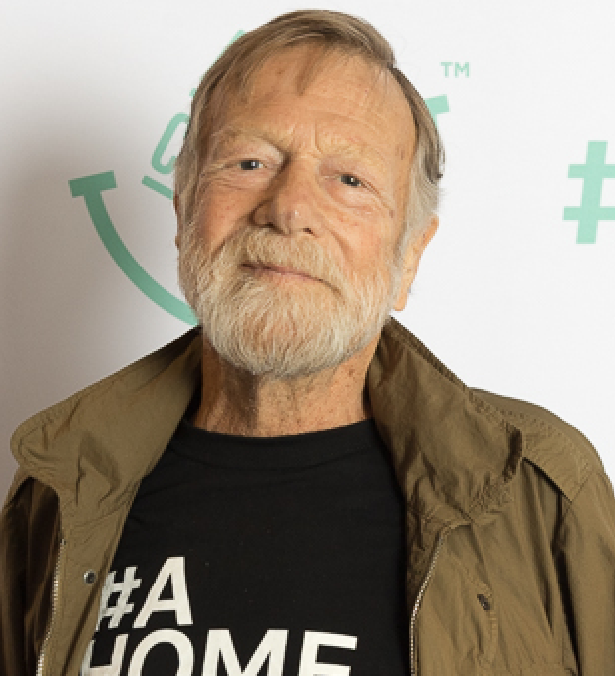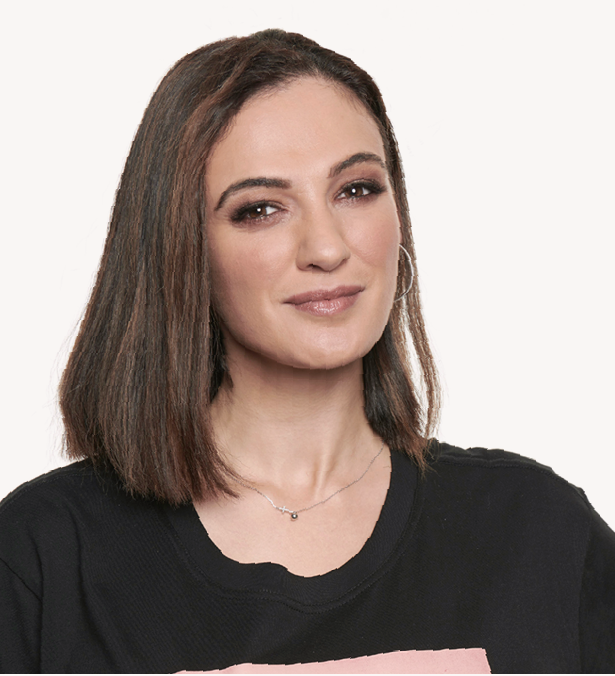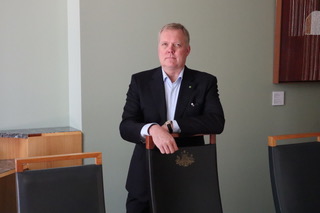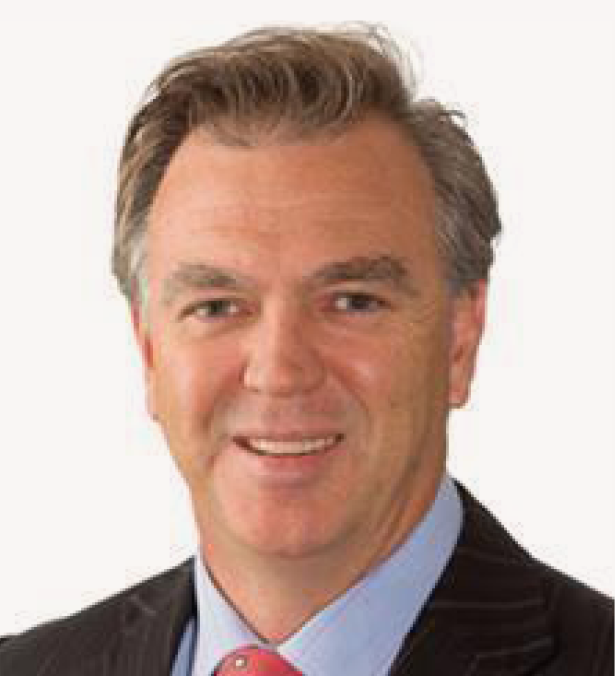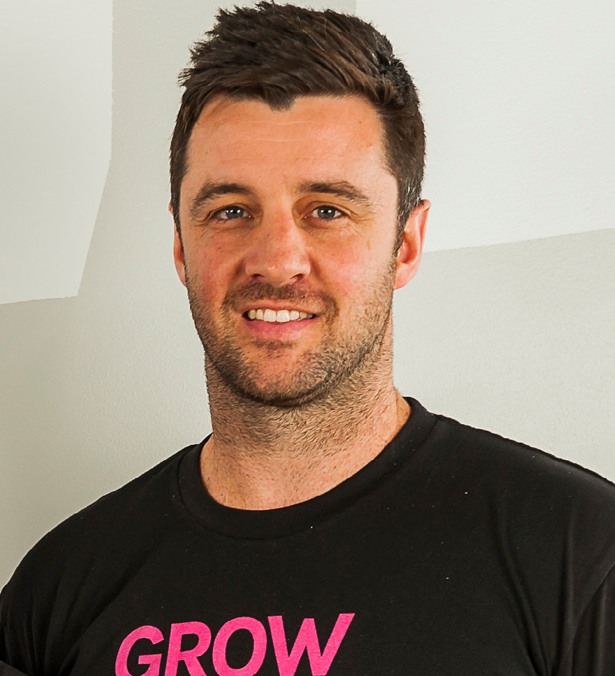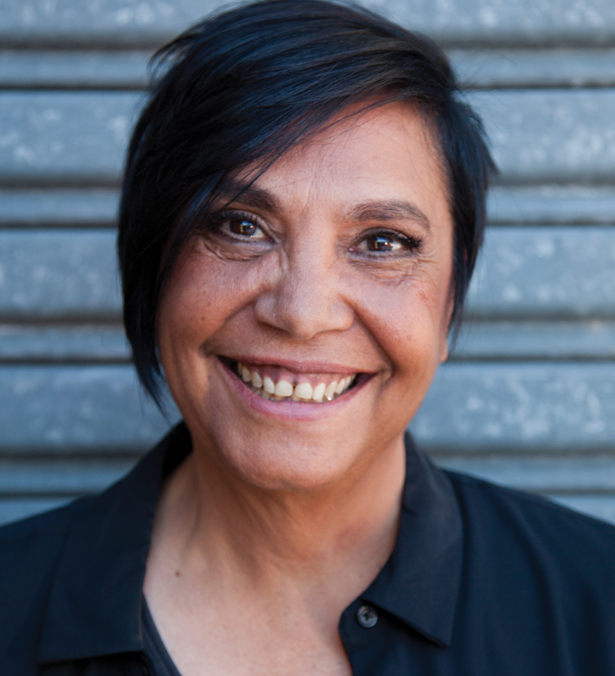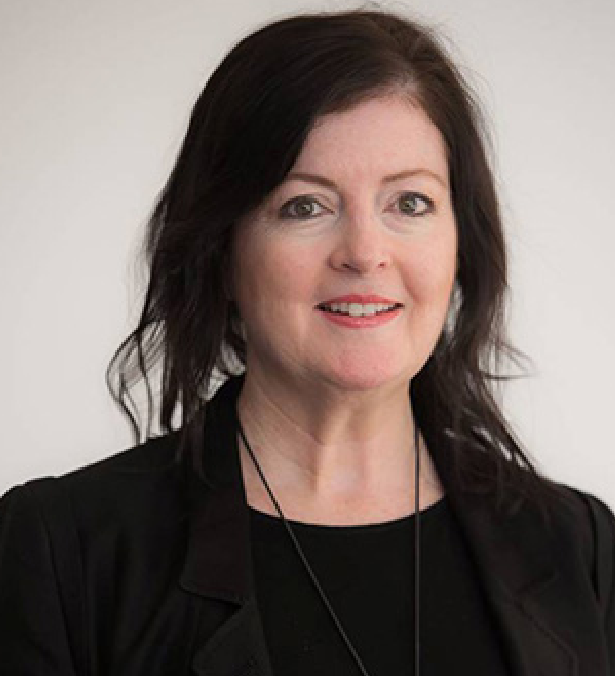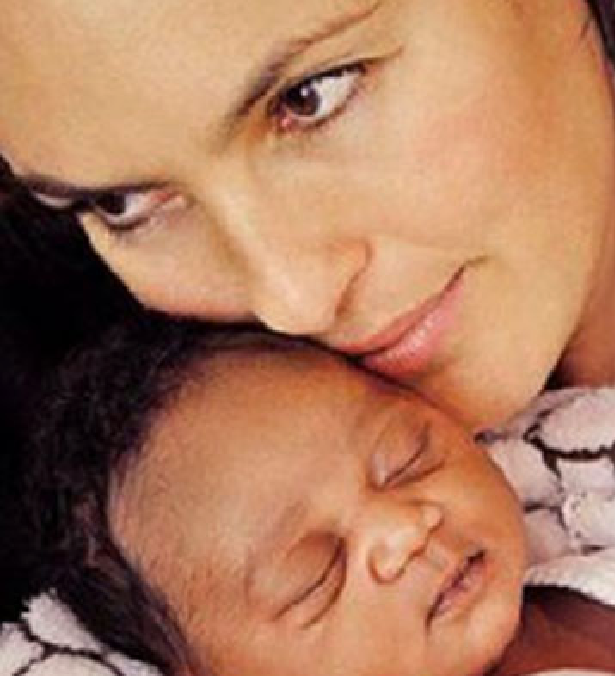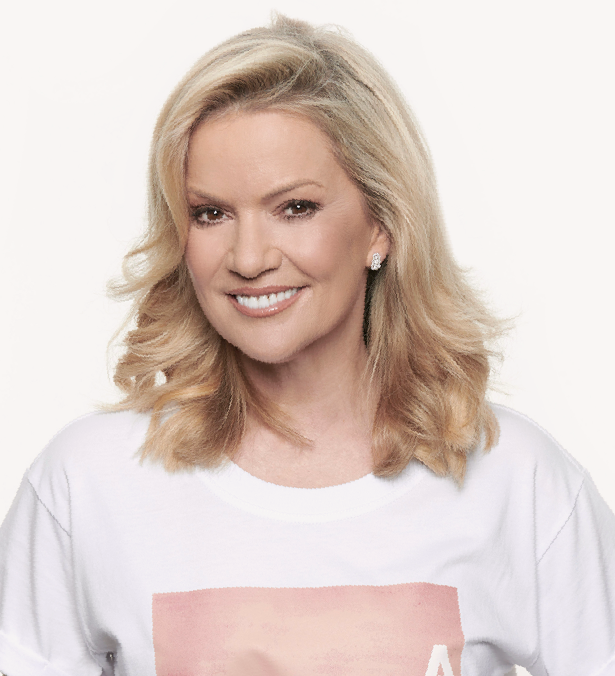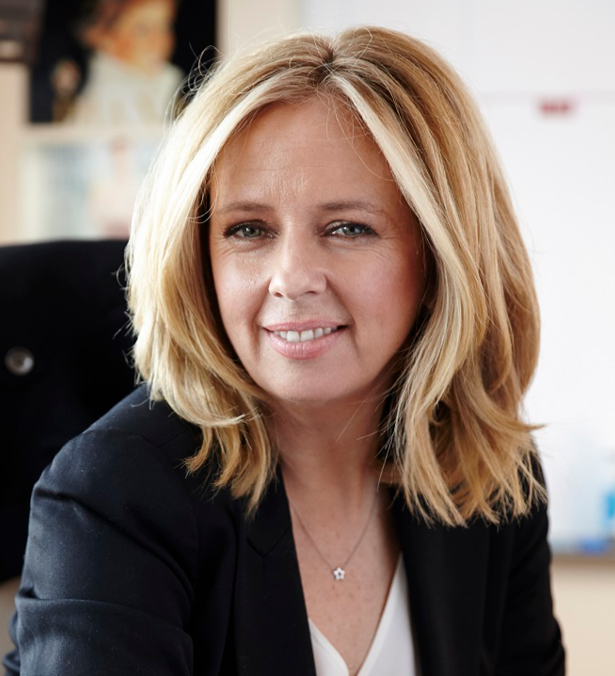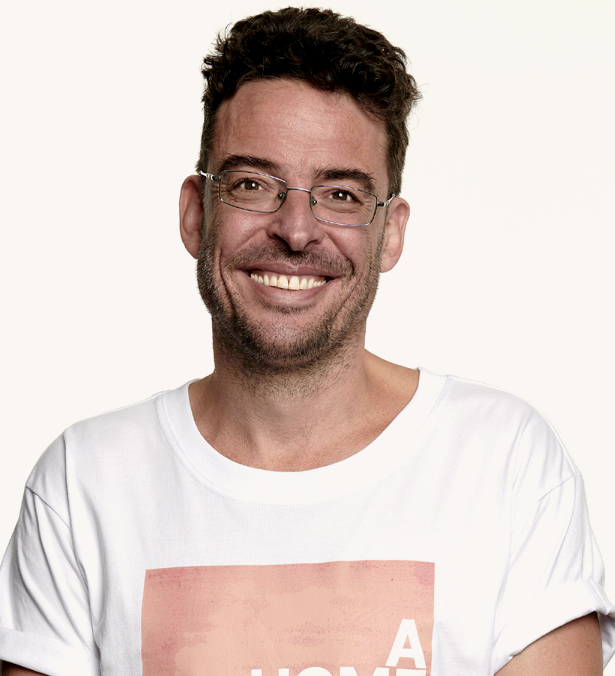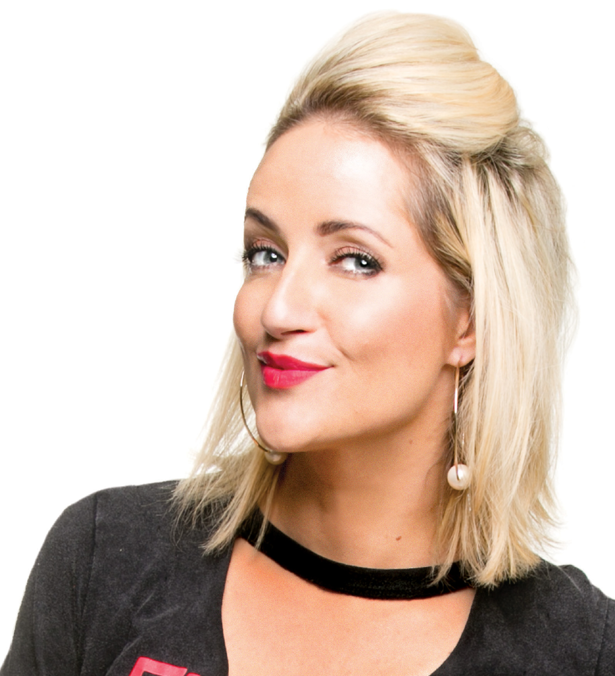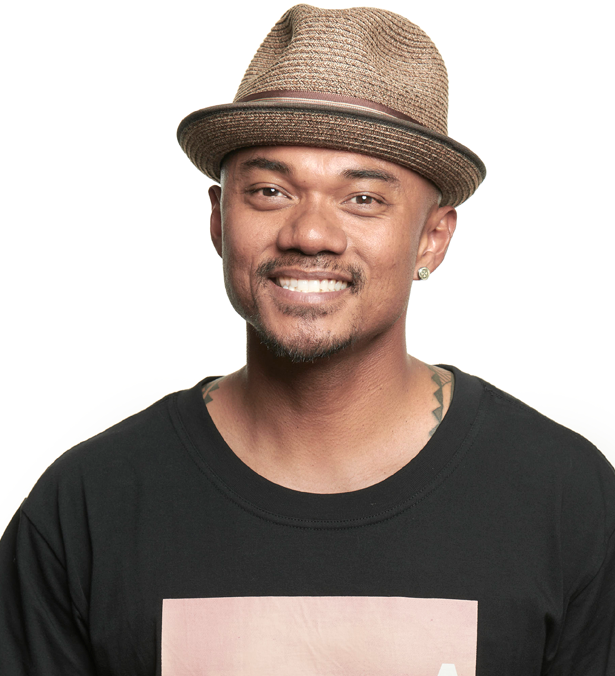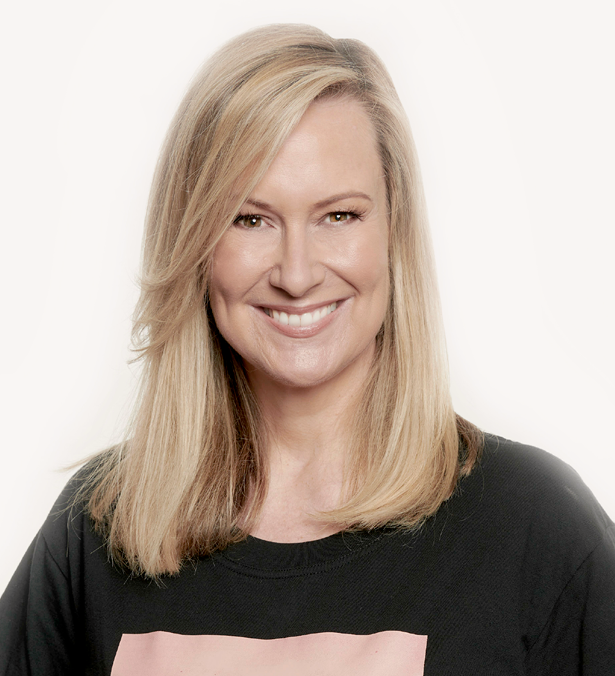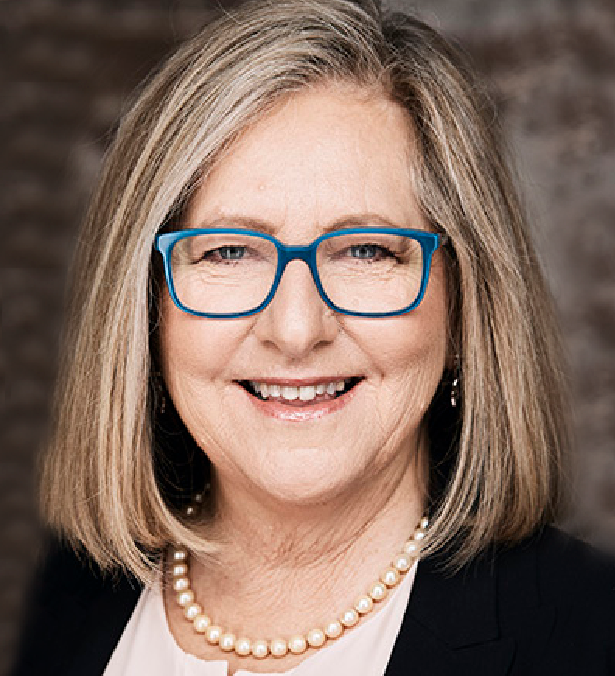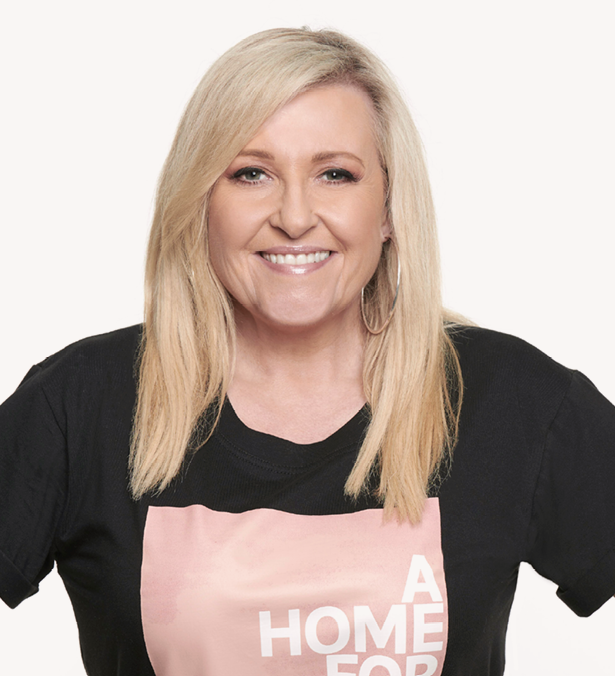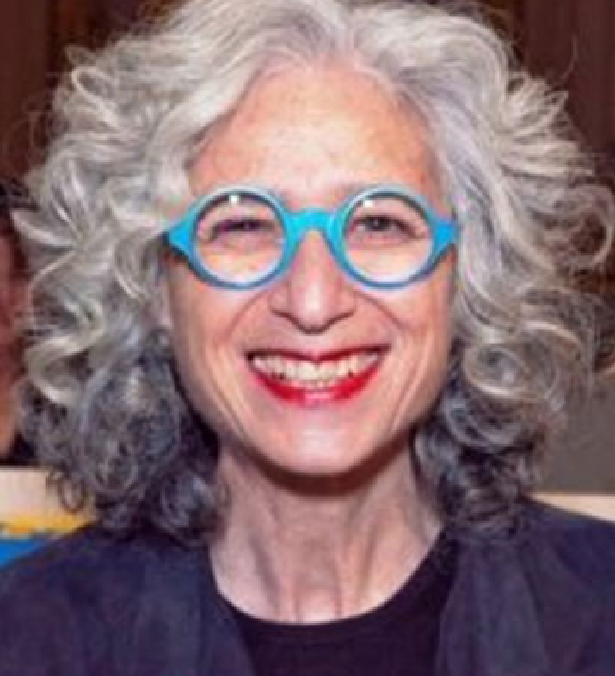Highest rate of adoption in 4 years by 20% is great news for children in foster care, but only in NSW
The Australian Institute of Health and Welfare (AIHW) report, ‘Adoptions Australia’ reports an encouraging 20% increase in adoptions since 2015-16 from 278 to 334 in 2019-20, and an 8% increase on last year. Adopt Change are pleased that Known Child Adoptions have seen an 18% increase on the previous year and that more children are finding safe, permanent, nurturing homes. However, this is only the case in New South Wales, with 169 of the 171 carer adoptions taking place in NSW. While legislation allows adoption for these children, it is not being provided as a real option.
Australia, 17 March 2021: Today, The AIHW have released their annual report into Adoptions in Australia with some encouraging progress. Over the last 20 years Known Child Adoptions have gone from an all-time low of 59 to 249 representing a 322% increase and in the last year alone we have seen an 18% rise.
The significant improvement in Known Child Adoptions is exciting news for children who have been living in foster care in nurturing homes with an uncertain future. The report shows that in NSW children who have found safety with a carer are increasingly able to find permanency with that carer through adoption.
Adopt Change CEO Renee Carter, discussed the report and reflected on the progress that has been made over the last 20 years, “We believe the first and most important factor in making decisions with regard to child welfare, is for the best interests of the child to be central. While adoption is not suitable for all children, it needs to be one of the options that remain open to a child and applied when best suited.”
“We are pleased to see adoption rates increase, particularly for children within our own country, providing permanency to hundreds of children and certainty to those who care for them. When we look at the situation in our own backyard, we have enough children in state care to fill a stadium – 45,000. Too many of these children exit care after multiple moves from placement to placement, to experience homelessness, interactions with the justice system, mental health problems and without a family to support them into their adulthood.
“Adoption is an important part of a continuum of care options that can be offered and should only be considered for children that have do not have a safe option to return to their family of origin.”
Over the reporting period there we 32 adoptions over the age of 18 years, indicating that this is a choice young people are making when available to them, to provide them legal connection with their adoptive family for life. Ms Carter said, “Childhood is fleeting, when you connect with children, provide safety and nurture there is a lifelong connection and a bond created. This is something worth recognising and celebrating.”
While this increase in adoptions is positive news for children in care in NSW where 169 adoptions took place, only two took place in the other states. While all Community Services Ministers made a commitment to permanency in 2016, it is clear adoption is not being enacted as one of those options.
“It is acknowledged that state should not be a long-term parent. Child protection is about what is in the best interests of the child, if we’re serious about improving futures for children, all options need to be on the table.”
~END~
